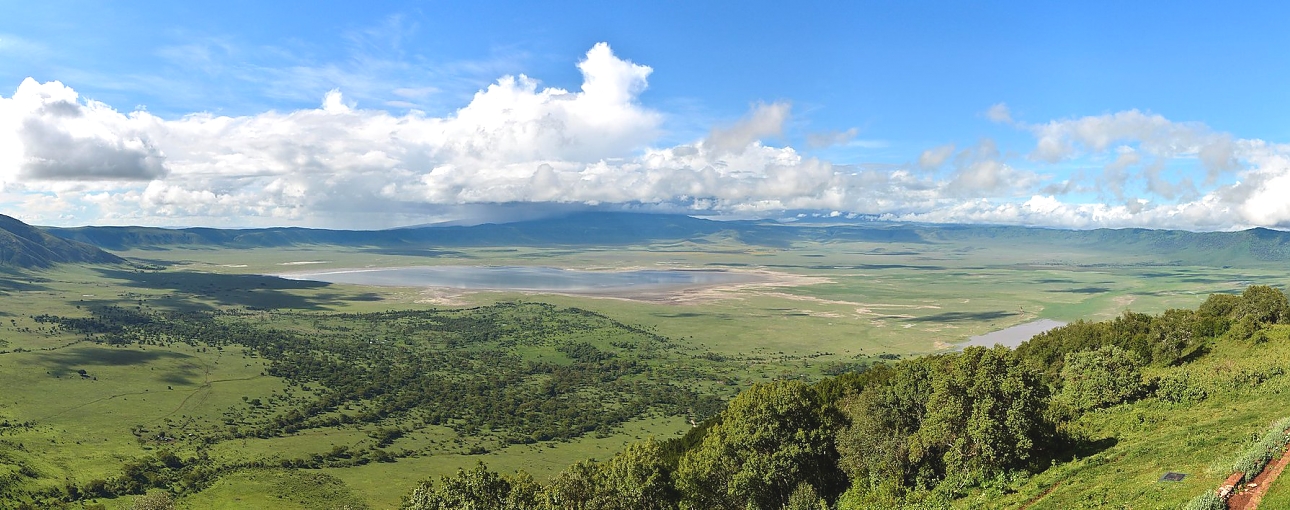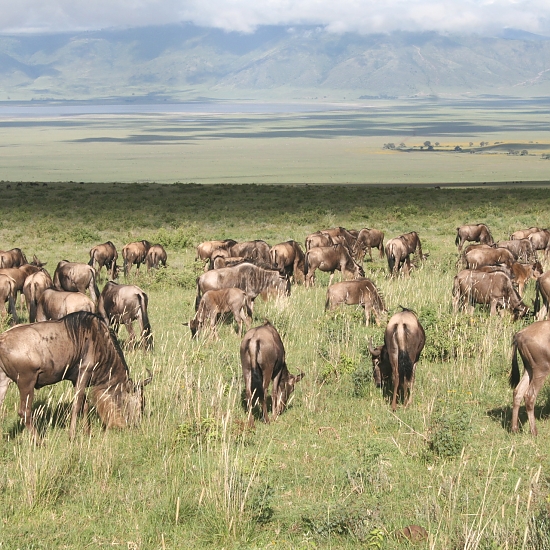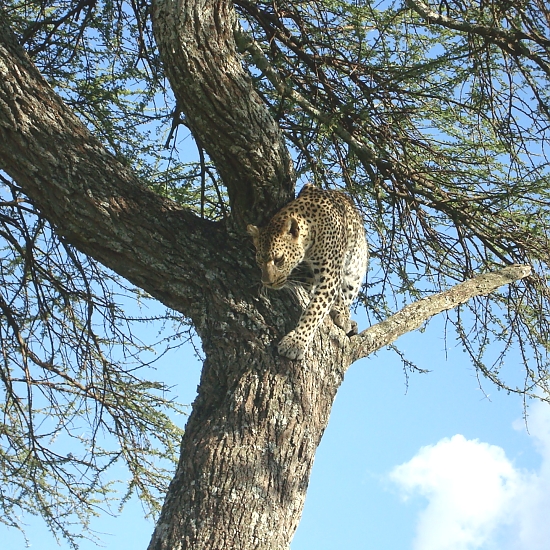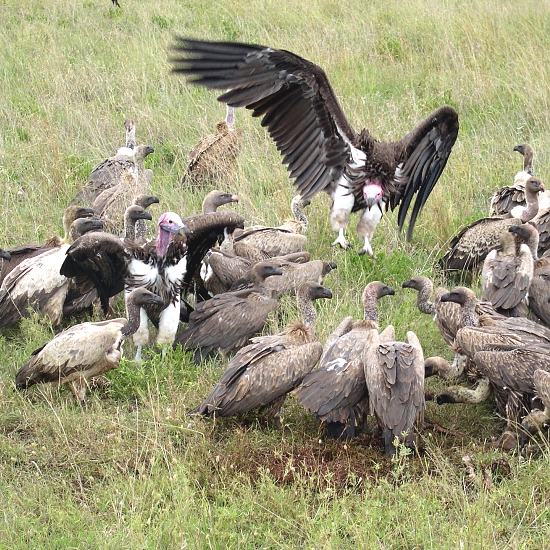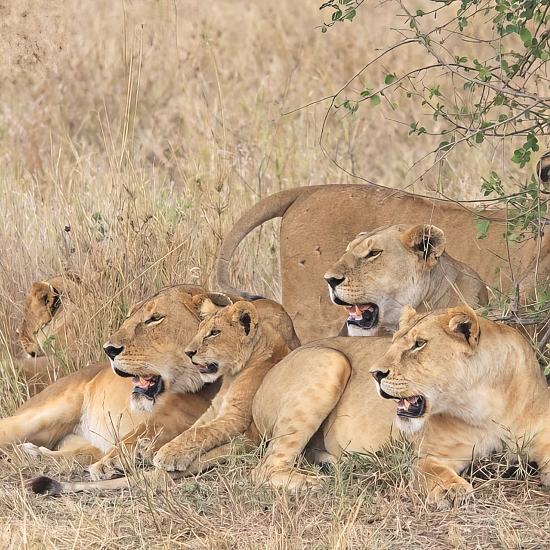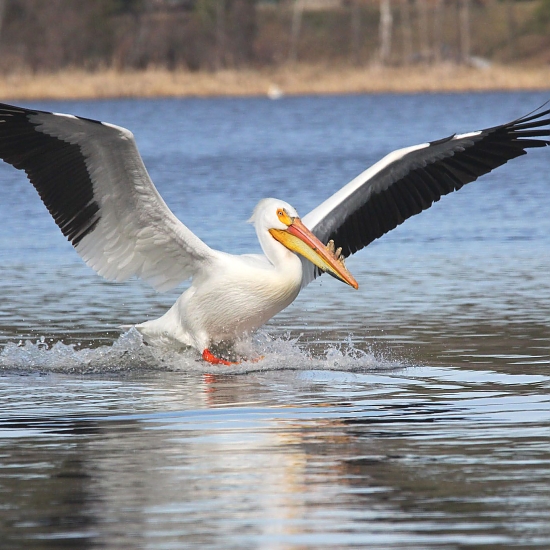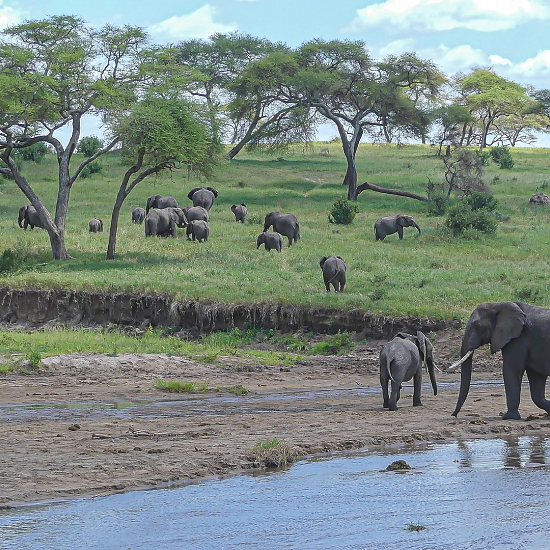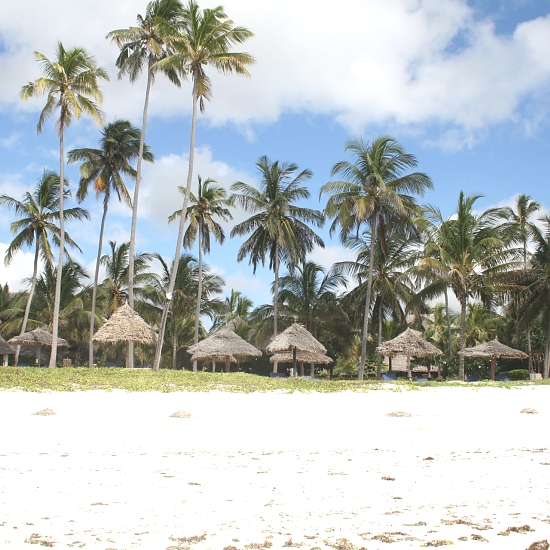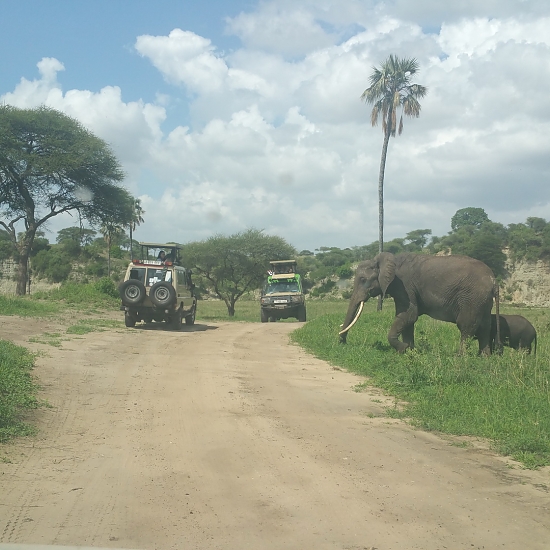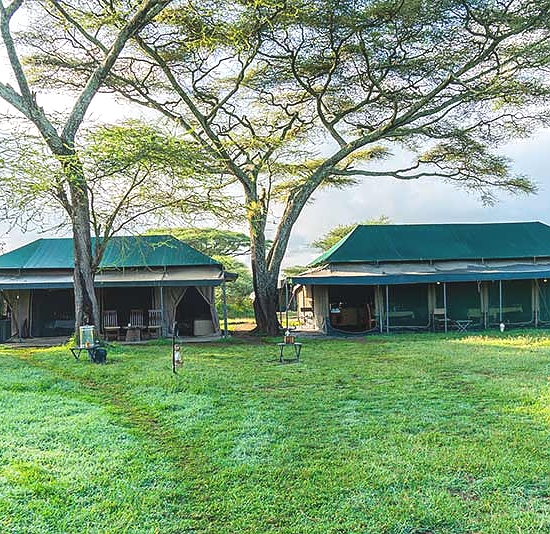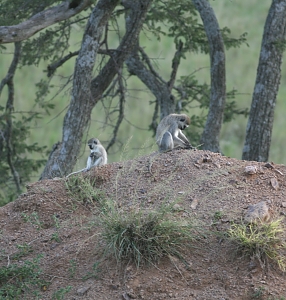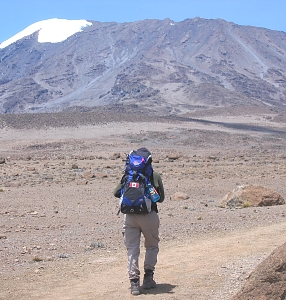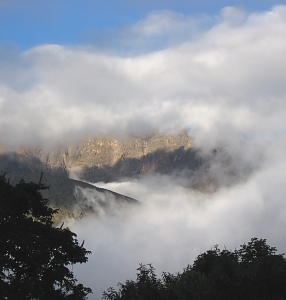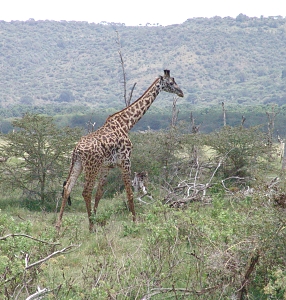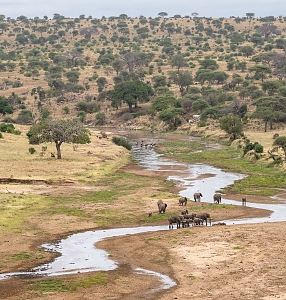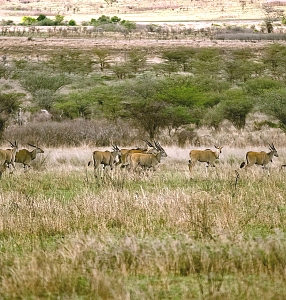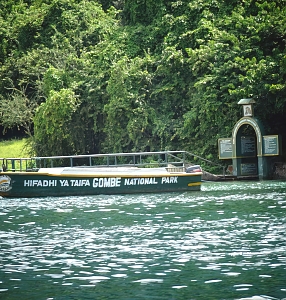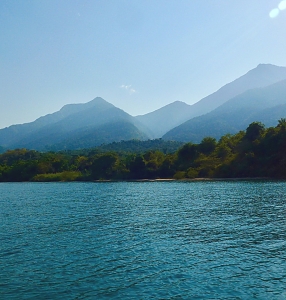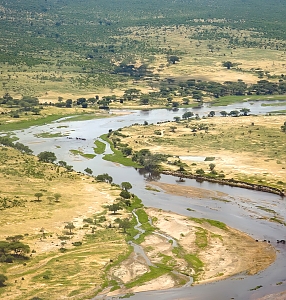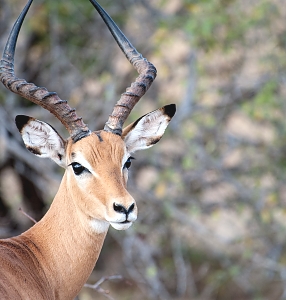Ngorongoro Crater
The view of the Ngorongoro Crater will take your breath away. It’s a huge caldera of 250 sq km in size and 600 m deep. The crater is home to 20,000 large animals including some of Tanzania´s left over black rhino. The wildlife strolling inside the crater makes a striking impression, surrounded by the ancient walls. No fences or boundaries border the crater walls; animals are free to enter or leave the crater, but many of them stay inside for the availability of plentiful water and grazing field on the crater floor throughout the year.
The spectacular area is the place where you can see wildlife and humans coexisting in a natural setting. Beyond the crater rim, the Maasai people herd their cattle across the plains, seemingly oblivious to the herds of wild animals sharing this vast landscape. The area also bears great significance in tracing the origins of human where some of man’s earliest remains have been found, including 3.5 million-year old human footprints.
The natural resources of the area ensure a fantastic experience for tourists.
Best Time to Visit
Wildlife viewing inside the Ngorongoro Crater is wonderful throughout the year. Starting from the migration, the breeding patterns or simply the beauty of the region, Ngorogoro is a heaven for wildlife lover. All seasons have their points of interest with some variety of offers. In any case, grass on the crater floor is little in the Dry season (June through September) and this makes animal spotting simpler. The landscape is lavish and tremendous in the Wet season months (from November to May).
Wildlife
The glorious landscape harbours almost 25,000 animals including four of the Big Five and other large mammals.
Especially rewarding – large antelope like zebra and gazelle come to drink, while herds of hippos sun themselves in the thick lakeshore mud.
Witness thousands of baby wildebeests being born and a number of opportunistic predators on hunting and killing modes.
The Makat soda lake is a great attraction for flamingos and other water birds

| Protected Area Type | Conservation Area |
| When to Go | Best Time June to September (General wildlife viewing is best) High Season Most of the year - July to March (The Ngorongoro Crater will have crowds of visitors) Low Season April and May (The only time when the crater has few crowds) |
| Park Size | 610 metres (2,000 feet) deep and its floor covers 260 square kilometres (100 square miles). |
| Distance | 67 km from Arusha to Ngorongoro and can take up to 3hrs drive |
| Established | 1960 |
Recommended Accomodation/s
Hotels, Lodges or Camps located in Ngorongoro Crater
Related Activity
Related Activities in Ngorongoro Crater
Destinations near Ngorongoro Crater
These nearby destinations have a lot to offer



